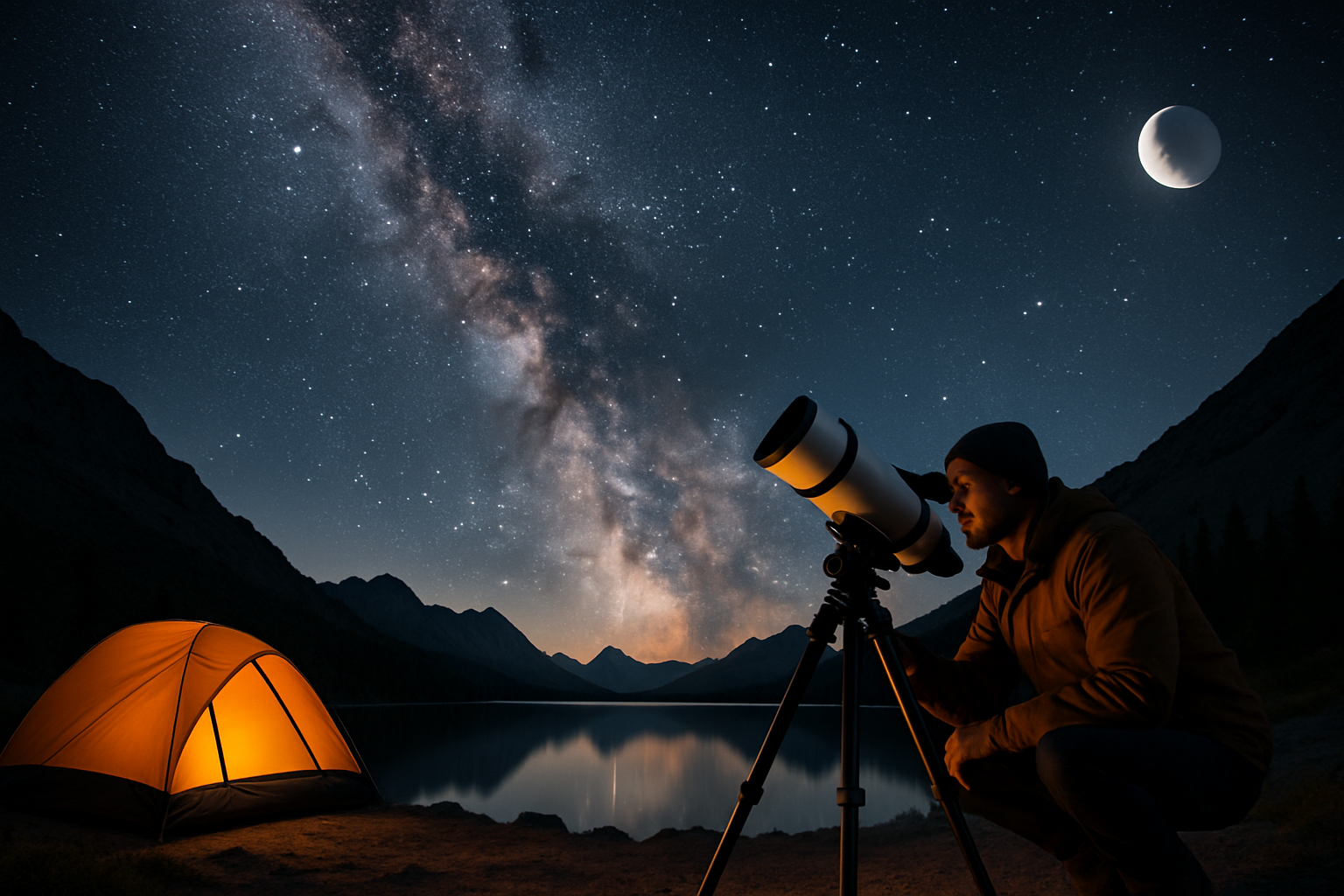Astro-Tourism: Stargazing Adventures Redefining Night-Time Travel
Embark on a cosmic journey as we explore the burgeoning world of astro-tourism. This celestial travel trend is illuminating the night skies and transforming how adventurers experience the world after dark. From remote desert observatories to Northern Lights expeditions, discover how stargazing is becoming the next frontier in immersive travel experiences, offering a unique blend of science, nature, and wonder.

Astro-Lodges: Where Comfort Meets the Cosmos
The hospitality industry is adapting to meet the growing demand for celestial experiences. Astro-lodges are emerging as a niche accommodation type, offering specially designed rooms with glass ceilings or domes for in-bed stargazing. These unique properties often come equipped with high-powered telescopes and onsite astronomers to guide guests through the wonders of the night sky. From the Atacama Desert in Chile to the Scottish Highlands, astro-lodges are redefining the concept of room with a view.
Celestial Events as Travel Catalysts
Astronomical events are increasingly driving travel decisions, with eclipse chasers and meteor shower enthusiasts planning their trips around celestial phenomena. The 2017 total solar eclipse that traversed the United States sparked a surge in astro-tourism, with millions of people traveling to witness the event. Future celestial events, such as the 2024 total solar eclipse in North America, are already shaping travel plans and destination marketing strategies.
Technology’s Role in Enhancing Stargazing Experiences
Advancements in technology are making astro-tourism more accessible and engaging. Mobile apps like Star Walk and NASA’s Sky Map allow travelers to easily identify constellations and planets. Meanwhile, astrophotography tours are gaining popularity, teaching travelers how to capture stunning images of the night sky using specialized cameras and techniques. Some tour operators are even incorporating augmented reality (AR) experiences, overlaying celestial information onto the night sky through smart devices.
The Cultural Dimension of Astro-Tourism
Beyond the scientific appeal, astro-tourism is tapping into the cultural and spiritual significance of the night sky. Many indigenous cultures have rich traditions related to celestial bodies, and some astro-tourism experiences now incorporate storytelling and cultural education. In places like Hawaii and the Australian Outback, travelers can learn about traditional star navigation and creation myths, adding depth to their stargazing adventures.
Stellar Travel Tips for Aspiring Astro-Tourists
-
Plan your trip around the lunar calendar; new moons offer the darkest skies for optimal stargazing
-
Pack red-light flashlights to preserve your night vision while navigating in the dark
-
Invest in a good pair of binoculars as a cost-effective alternative to telescopes for beginners
-
Allow at least 20-30 minutes for your eyes to fully adjust to the darkness
-
Consider joining an astronomy club for access to expert knowledge and group stargazing events
-
Check the weather forecast and avoid nights with high cloud cover or humidity
Astro-tourism represents a fascinating convergence of science, nature, and wanderlust. As travelers seek more meaningful and unique experiences, the allure of the night sky offers a profound connection to the universe and our place within it. Whether you’re marveling at the Milky Way from a remote desert or chasing the Northern Lights in the Arctic Circle, astro-tourism promises to expand your horizons and redefine what it means to explore the world. The next time you plan a trip, consider looking up—the stars are calling, and the journey promises to be out of this world.





